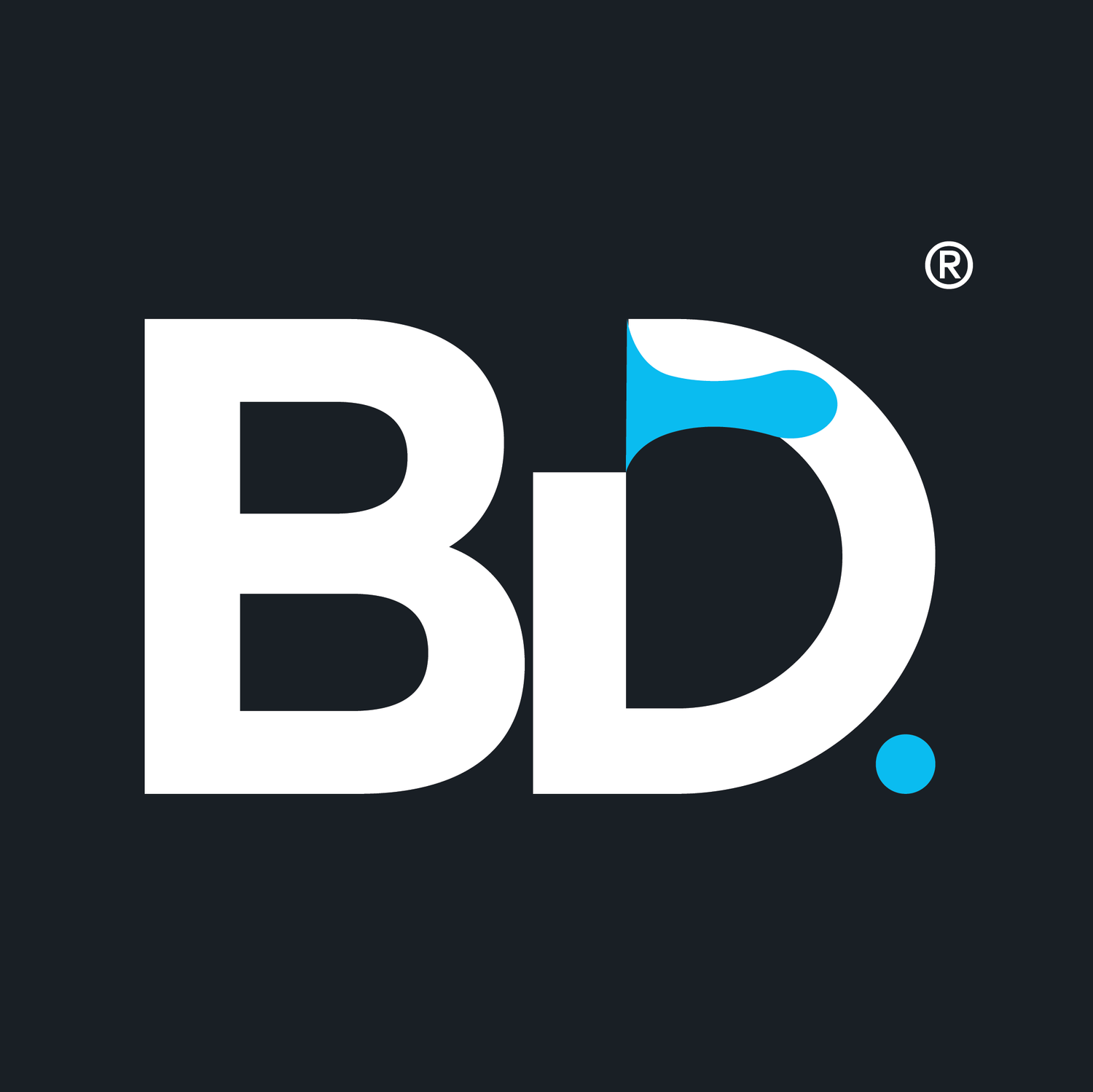What’s an infographic? Why seeing the data is important.
“There can be no words without images.”
- Aristotle
Telling the story of your company and brand involves a lot of history and data. Data can be the numbers of growth, where the brand sources products from, and even the history of the people behind it. There are a lot of facts and images that make up the story of your brand, all scattered in different content and around the internet. The problem with this is that too much data begins to confuse us, making the entire story or solution even more difficult to understand.
Businesses run into this issue in digital marketing now as they try to market their products and services. Whether it’s developing an engaging brand story, marketing specific products or even developing information-based content. It’s getting more and more difficult to gain trust and attention from a new audience. When you’re trying to compete for the attention of your audience and give them all the relevant information they need, it can become easily lost in a confusing mess of different information.
How can we create the most clear form of visual communication that will grab our audiences attention and help them understand more about our products and services? Our best solution is utilizing one of the most popular data visualization tools that has been developed over the last 100 years: Infographics.
Infographics are a system of data visualizers. They’re charts, graphs, maps and thematic tools that take large amounts of data and turn them into easy to understand references for key information.
What is an infographic?
An infographic is basically a visual narrative of hard, complex information. It can be based on statistics (graphs), history (timelines) or even be creative layout of different pieces of data. Visually interpreting the different pieces of data by creating a thematic layout, an infographic becomes is a form of data visualization that focuses on pulling information from different sources into one piece.
However, infographics aren’t based on one piece of sole information. Infographics must have different references that are cited by established sources. All of the sources should be clearly referenced and easy to trace back to the source, gaining user interactivity and building trust between the audience. An infographic is a visual collective of data that helps build engagement and comprehension with the content. Therefore, the content is just as important as what we see.
How do infographics make communication simpler?
Our brains are ‘visually wired’*, meaning we are able to understand and remember information best when it’s presented in pictures or other visual cues. Visuals help cut the over-load of information and contextualizes all of the different narratives into one story.
Visuals catch attention much easier than word blocks and can summarize big data in a short amount of time. They can be applied to anything from math, history, complex science or even current events. Modern marketing now needs to cover large amounts of data in a short amount of time to build trust around a brand and convince their audience to buy into it.
An infographic creates a visual narrative around a subject. It includes diverse information about a subject matter that can help an audience relate to it and understand all of the work that goes into it.
*https://memeburn.com/2015/11/visually-wired-human-physiology-and-content-marketing-success/ While this term hasn’t been coined as an actual term, the data from different scientific studies show it is true. 50% of our brains are focused on deciphering visual information, and breaking down images (image receptor processing skills) are both quicker and easier than language.
Why do people trust infographics?
Infographics display key data and data references in to easy to understand images that people can refer back to. The authors and data are displayed easily so the audience can back check the information themselves and it allows them to interact with a large amount of data in a short amount of time. Once everything is displayed in this manner, it engages our visual processing* skills through layout design and boosts up our comprehension of the material. This form of visual communication gives the audience a wide and broad view of the information. It allows them to come to their own conclusions while appreciating how diverse the subject matter is. It also allows the audience to build trust with the brand that can present a long history of a subject or service.
*https://www.brainbalancecenters.com/blog/visual-processing-explained Visual information and interpretation play a key role in how we learn and recall new information.
Grow your business in Asia
How can infographics help a business to stand out?
The general publics’ reading behavior* online has changed significantly in the last twenty years. Most users won’t spend much time on pages filled with too much information in words (over 1000 words per page is the average) and don’t read word-by-word. Currently, users skim read for particular information but often don’t engage with or remember it if it isn’t accompanied by visual descriptors as well.
*https://www.nngroup.com/articles/how-little-do-users-read/
What kind of infographics do people like best?
The debate about how many types of infographics is still on going, but there’s definitely a short list of favorites. The ones people like best tend to easily present hard to understand information that is data-driven or compiled over a complex topic. These can be things like wide-ranging global marketing strategies or showing the long statistics around a supply-chain line to show case your product.
All of these involve complex statistics and cross into different issues from backgrounds like law, design, public relations and communication. Yet an infographic can break down this information into simple visuals that help build up the context of the issue without forcing a decision on the viewer.
Here are eight popular infographic styles that anyone can use to reach a wide audience with complex data:
1. Statistical Infographics
2. Informational Infographics
3. Timeline Infographics
4. Process Infographics
5. Geographic/Map Infographics
6. Comparison Infographics
7. Hierarchical Infographics
8. List Infographics
Are you interested in relating your brand story or products to a wider audience? Bright Design can help you display the long history of your brand to a wide audience! Take your brand knowledge to the next level with interactive visual design, customized by our content designers.
Need an upgrade for your business keynote presentation?
Ask for a free quotation today
Citations:
Golz, M. (2015, November 26). Visually Wired: Human Physiology and Content Marketing Success. memeburn.com.
Jackson, R. (2021). Visual Processing Explained. brainbalancecenters.com. https://www.brainbalancecenters.com/blog/visual-processing-explained.
Lester, P. M. (2006). Syntactic Theory of Visual Communication. paulmartinlester.info. http://paulmartinlester.info/writings/viscomtheory.html.
McGuire, S. (2019, November 21). What are the 9 types of Infographics? venngage.com. https://venngage.com/blog/9-types-of-infographic-template/.
Nielsen, J. (2008, May 5). How Little Do Users Read? nng.com.




